Resource Archive - 100% Clean Energy
SEARCH RESOURCES
You can also search by author name.
RESOURCE TYPES
RESOURCE TOPICS
RESOURCE PROJECTS
RESOURCE YEARS
Low-Income Communities Bonus Energy Investment Credit Program: Answers to Frequently Asked Questions
On June 1, 2023, the IRS issued a Notice of Proposed Rulemaking (NOPR) regarding the low-income communities bonus energy investment credit program (the LMI Adder) under the Inflation Reduction Act. This document first provides a high-level summary of what the NOPR covers, followed by a more in-depth review of the NOPR in the form of an FAQ.
Have you ever wondered why CESA was founded? How CESA members benefit from being involved in CESA? What are CESA’s key program areas or who are the CESA staff members that lead those efforts? To celebrate 20 years of successful state collaboration on clean energy, CESA produced a video that looks back on how far…
CESA submitted comments to the EPA regarding the Greenhouse Gas Reduction Fund Implementation Framework, authorized under the IRA. The comments chiefly pertain to the Solar for All Competition but also relate to some of the requirements set under the GGRF Framework applicable to all three competitions.
Energy modeling—using computer software and mathematical equations to simulate the operation and growth of energy systems—can be a powerful tool for state decarbonization planning. But because modeling can be costly and the results can be prone to misinterpretation, models need to be used carefully.
This report highlights best practices, identifies barriers, and underscores the urgent need to expand state energy storage policymaking to support decarbonization in the US.
This report outlines how different states view the equity implications of climate impacts, and what they are proposing for mitigation solutions, planning processes, and implementation processes. It identifies common themes and best practices, and it presents a selection of relevant case studies and examples.
CESA has compiled a searchable list of clean energy technical assistance opportunities available to states. The list is available as an interactive table or downloadable excel document, and it will be regularly updated when new opportunities become available to states.
CESA submitted comments to the U.S. Department of the Treasury and the Internal Revenue Service pertaining to implementing the Inflation Reduction Act of 2022, and the role of state energy agencies in helping Treasury define and implement the IRA guidelines from Treasury.
This report identifies, collects, and summarizes all the equity-related provisions that have been included in the legislation and executive orders that have established 100% clean energy goals in 20 states and the District of Columbia.

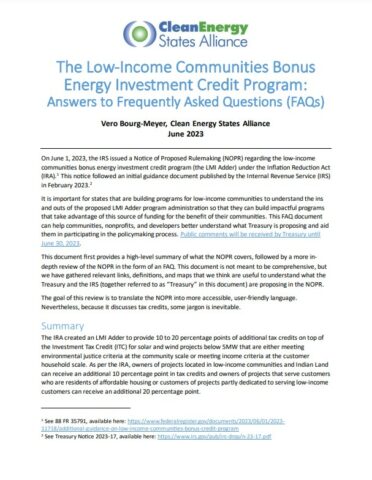
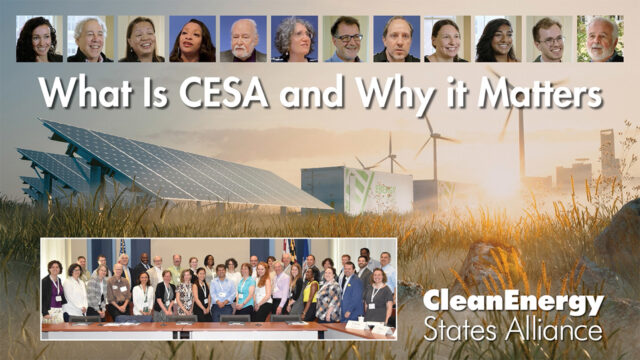
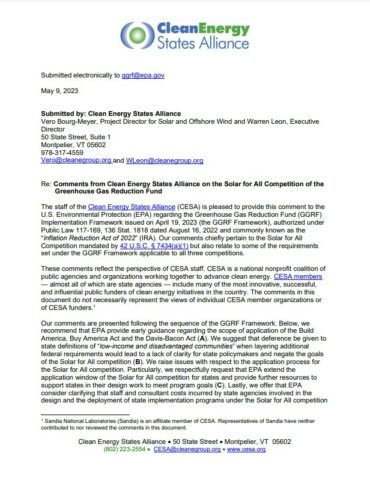
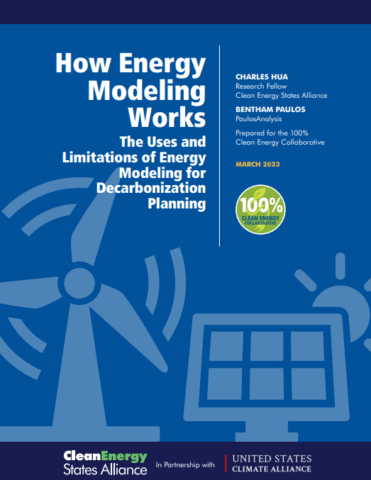
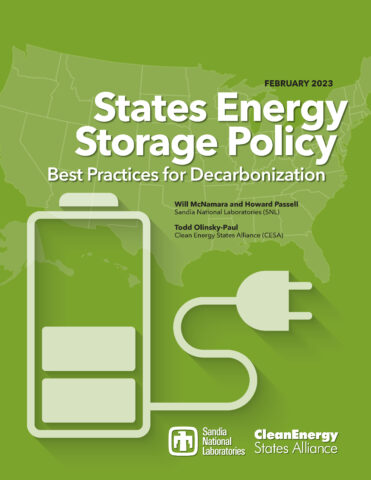
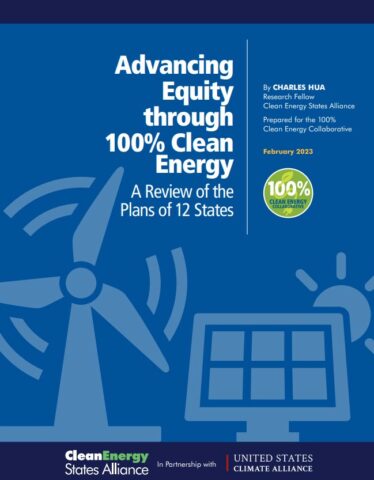
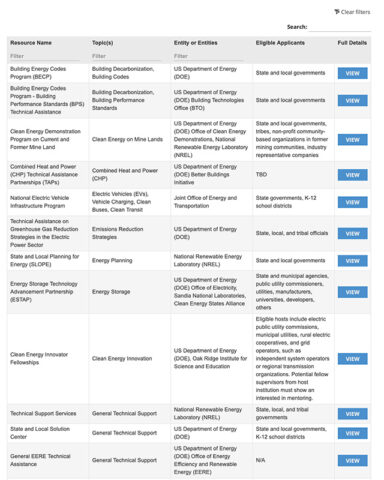
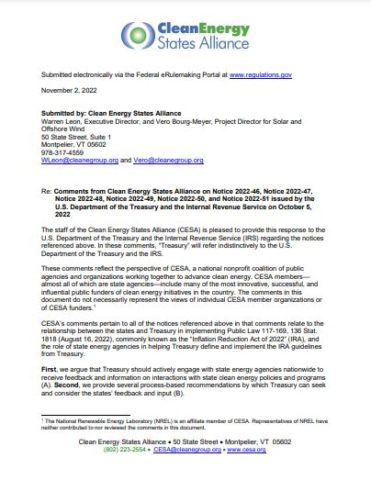
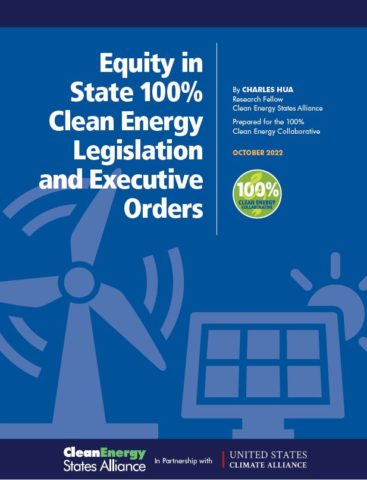
Comments on the Impacts of Proposed Regulatory Capital Requirements for Large Banks on Clean Energy
CESA submitted comments to the Office of the Comptroller of the Currency, Board of Governors of the Federal Reserve System, and FDIC regarding proposed changes to the capitalization rules applicable to banks that engage in the tax equity market. The comments pertain to the impact of the proposed changes on state and federal clean energy goals.